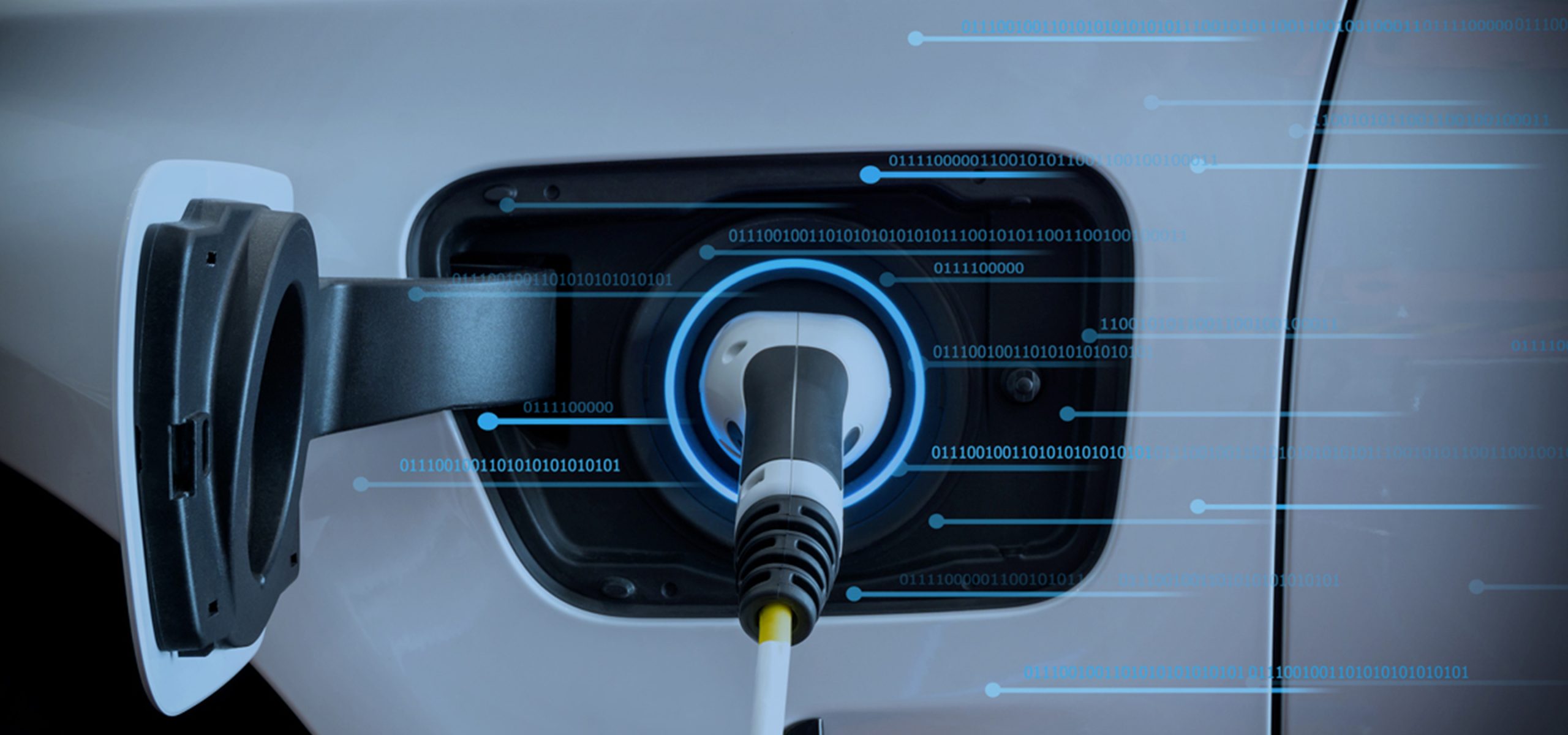How to develop a successful strategy for your transition towards EVs

To this day, it is not uncommon to see a good number of companies relying on assumptions, sometimes non-global and inaccurate information reports in order to manage their vehicle fleet. Faced with the booming electric vehicle market, some companies are inclined to start purchasing electric vehicles before having conducted a real and accurate analysis of their fleet’s needs.
Whether you are looking to meet specific GHG reduction targets, electrify your entire fleet or just one vehicle, there are many elements to consider. It’s not just a matter of finding a vehicle of equivalent size. You’ll need to consider your daily driving habits, operating costs and the charging equipment needed. You need a strategy that focuses on two things: choosing the right vehicle and setting up the charging infrastructure.
With telematics data, you can base your decisions on real, accurate facts in a completely secure manner. AttriX is there to support you throughout this transition process, no matter what your goals are.
Telematics data in vehicle selection
As mentioned, the planning stage is crucial, no matter how extensive your transition objectives are. Here are some questions to think about:
- How many miles do you drive each year? Every day?
- What are the current costs of operating the vehicle?
- Where are they located, and for how long?
Without an accurate assessment of your current fleet’s range and duty cycles, it’s very difficult to determine whether an electric vehicle can replace a traditional vehicle. Using accurate telematics data to capture existing driving patterns can help establish a baseline for going electric, or not.
Geotab’s EVSA (EV Suitability Assessment) is a tool that automates the process and allows us to determine with past fleet data and metadata which vehicles are eligible for transition as EV and PHEV equipment becomes available and more efficient. This tool also provides reliable financial data to build a business case for EV replacement.
Charging infrastructure planning: Elements to consider
You’ve chosen the vehicles, now how will you charge them? Planning for the required charging infrastructure is one of the most challenging aspects of transitioning to an electric fleet. There are a number of factors you need to consider when installing the necessary charging equipment or electric vehicle power equipment.
What is the optimal location of stations? If your daily route is shorter, it may make sense to have vehicles charged at your fleet depot or at your employees’ homes.
How many stations do you need? The number of charging stations needed will vary depending on a number of factors. These include the total number of EVs, their range, and their individual operating cycles.
What type of stations do you need? There are three different types of charging equipment, distinguished by the amount of energy they use. Again, the choice of the most suitable vehicle and the specific energy needs of your fleet will be the determining factors, which is why it is important to use reliable and accurate data in your planning.
In short, fleet electrification may seem like a daunting task at first glance, but in reality, all you need is a solid planning and adoption strategy, which is within reach thanks to telematics data. What will you rely on to plan your transition?
Continue reading on this subject

The challenges of designing a 40-tonne, 100% electric mining vehicle for open-pit mines
Partnerships and implications The partners involved in the development of a 100% electric Quebec mining vehicle were all eager to be involved with the project from the outset, for a variety of reasons. NRC’s Eddy Zuppel explained their contribution: “Before starting the project, it was important to model and simulate the vehicle’s route in order […]
Read more
Energy efficiency: Financial support to put your ideas into action
Leading a company involves balancing several priorities at the same time. Energy efficiency? It’s an important issue—one of many! What if we gave you what you need to make energy efficiency a driving force behind your company’s performance and profitability? The good news is, Hydro-Québec offers financial assistance and guidance to help you balance performance and energy efficiency.
Read more
My Consumption Profile: data that lets you strategically manage your electricity use
Companies have a critical role to play in the energy transition. Knowing that energy efficiency factors big into profitability, your organization will benefit from strategically managing its electricity use. The key? Your data!
Read more
Electrifying school bus fleets : Grants available to support your project
In this series of articles, we demystify the key steps of converting your school bus fleet to electric power thanks to the Transporteur+ guide. This guide aims to provide easy and direct access to resources to clarify the steps, issues, conditions and facilitating measures for a successful transition to electrification.
Read more
Electrifying school bus fleets | Key step : Comissioning
In this series of articles, we demystify the key steps of converting your school bus fleet to electric power thanks to the Transporteur+ guide. This guide aims to provide easy and direct access to resources to clarify the steps, issues, conditions and facilitating measures for a successful transition to electrification.
Read more
FINANCING | $50 million from Finalta Capital in non-dilutive financing dedicated to the Electric and Smart Transportation sector
Fast growing, innovative companies from the electric and smart transportation (EST) sector in Québec take advantage of the $50 million in funding dedicated to the EST ecosystem by Finalta Capital, one of Canada’s largest funds specialized in non-dilutive tax credit and government grant financing, announced in March 2023 as part of the Impulsion conference, the International EST Summit organized by Propulsion Québec.
Read more
Demand response: Save money by using hydro at the right times
If you could lower your company's hydro bill while contributing to the collective effort to support Quebec’s energy transition, would you? Yes, most likely! How? By curbing power demand for buildings and equipment during peak demand events.
Read more
Electrifying school bus fleets : The importance of adapting buildings and infrastructure
In this series of articles, we demystify the key steps of converting your school bus fleet to electric power thanks to the Transporteur+ guide. This guide aims to provide easy and direct access to resources to clarify the steps, issues, conditions and facilitating measures for a successful transition to electrification.
Read more
Electrifying school bus fleets : Implementing the pilot project and phase-in
In this series of articles, we demystify the key steps of converting your school bus fleet to electric power thanks to the Transporteur+ guide. This guide aims to provide easy and direct access to resources to clarify the steps, issues, conditions and facilitating measures for a successful transition to electrification
Read more
Electrifying school bus fleets: The importance of choosing your suppliers
In this series of articles, we demystify the key steps of converting your school bus fleet to electric power thanks to the Transporteur+ guide. This guide aims to provide easy and direct access to resources to clarify the steps, issues, conditions and facilitating measures for a successful transition to electrification.
Read more
The key to a successful school bus fleet electrification project
In this series of articles, we demystify the key steps of converting your school bus fleet to electric power thanks to the Transporteur+ guide. This guide aims to provide easy and direct access to resources to clarify the steps, issues, conditions and facilitating measures for a successful transition to electrification.
Read more
FLO®: sparking change, one charge at a time
FLO became a leader in electric vehicle (EV) charging in North America by integrating the process from start to finish: manufacturing charging stations, developing software and managing its network. To stay ahead of the curve in a fast-moving, innovation-driven market, the company turned to the Fonds de solidarité FTQ to support its growth.
Read more




